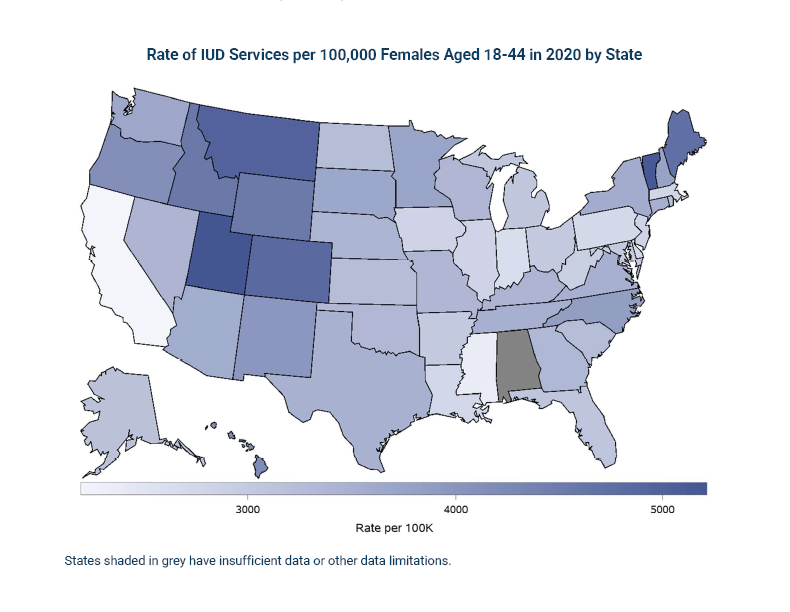Utilization
-
Mental Health Service Use Among People with Employer-Sponsored Insurance
 Read more: Mental Health Service Use Among People with Employer-Sponsored Insurance
Read more: Mental Health Service Use Among People with Employer-Sponsored InsuranceThe Health Care Cost Institute (HCCI), in collaboration with West Health, conducted an analysis on the use of office-based mental health services among people with employer-sponsored insurance (ESI). We found that use of mental health services has increased from 2018-2022, and that therapy was the most commonly used service. We found an increase in spending…
-
International Comparisons of Health Care Prices from the 2024 iFHP Study
Tags: Drug Spending, HCCUR, Inpatient Spending, Out-of-Pocket, Outpatient Spending, Physician Spending, Prices, Utilization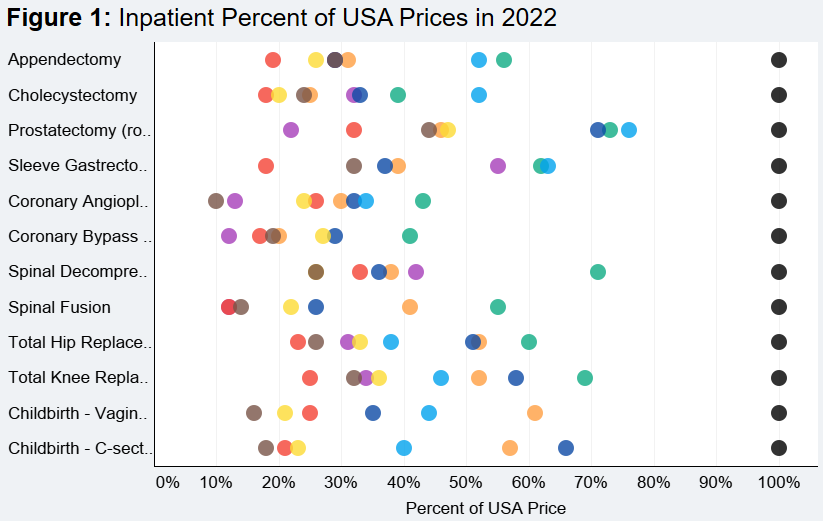 Read more: International Comparisons of Health Care Prices from the 2024 iFHP Study
Read more: International Comparisons of Health Care Prices from the 2024 iFHP StudyThe International Federation of Health Plans (iFHP) has published its 2024 International Healthcare Cost Comparison Report, marking its latest biennial analysis of global healthcare costs. Compiled in collaboration with the Health Care Cost Institute (HCCI), the report compares costs for inpatient and outpatient treatments, as well as prescription drugs, across nine countries using data from…
-
Antidepressant Medication Use Increased Post-Pandemic, but Large Disparities Exist across Nearly Every Demographic Measure
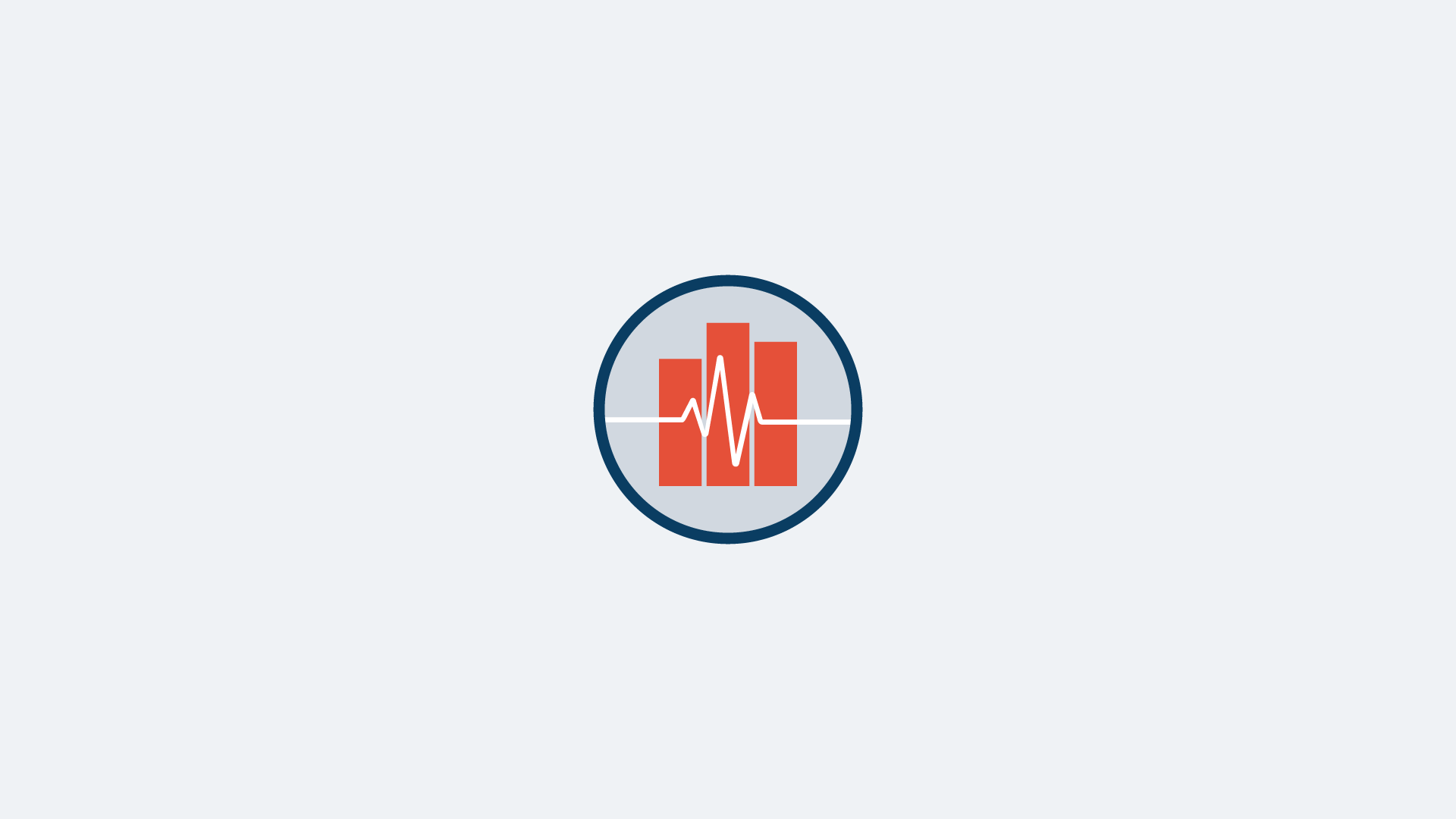 Read more: Antidepressant Medication Use Increased Post-Pandemic, but Large Disparities Exist across Nearly Every Demographic Measure
Read more: Antidepressant Medication Use Increased Post-Pandemic, but Large Disparities Exist across Nearly Every Demographic MeasureThe World Health Organization reported that, following the COVID-19 pandemic, there was a 25% increase in the prevalence of anxiety and depression worldwide. Mental health crises following months and years of social isolation and other effects of the pandemic have renewed national interest in mental health care access. Understanding how mental health services, including medications…
-
More Children Visit the Emergency Room for Asthma during School Months Compared to Summer Months
 Read more: More Children Visit the Emergency Room for Asthma during School Months Compared to Summer Months
Read more: More Children Visit the Emergency Room for Asthma during School Months Compared to Summer MonthsAsthma is the most common chronic condition among children in the U.S. and one of the leading reasons for pediatric emergency room (ER) visits. Schools play an important role in managing asthma among children since kids spend most of their time in school and school buildings may have environmental factors such as poor air quality…
-
NICU Admissions and Spending Increased Slightly from 2017-2021
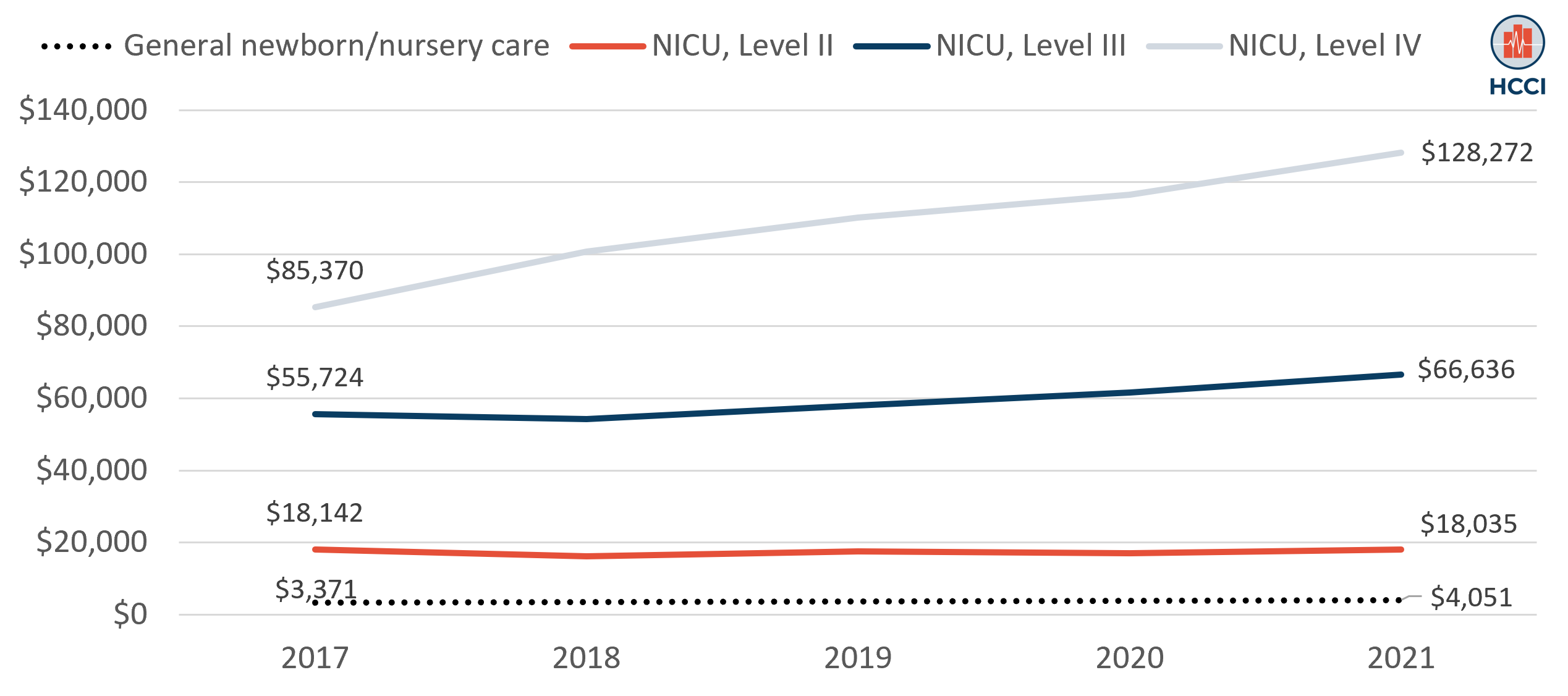 Read more: NICU Admissions and Spending Increased Slightly from 2017-2021
Read more: NICU Admissions and Spending Increased Slightly from 2017-2021Neonatal Intensive Care Units (NICUs) provide critical, often life-saving, care to over 300,000 infants every year. The specialized care and technology available in NICUs have allowed preterm and otherwise vulnerable babies to survive and thrive even in the face of a host of potentially life-threatening complications and are recognized as contributing to the decline in…
-
Over 80% of ESI Enrollees Used Evaluation and Management Services in 2021, with Primary Care and Telehealth the Most Commonly Used
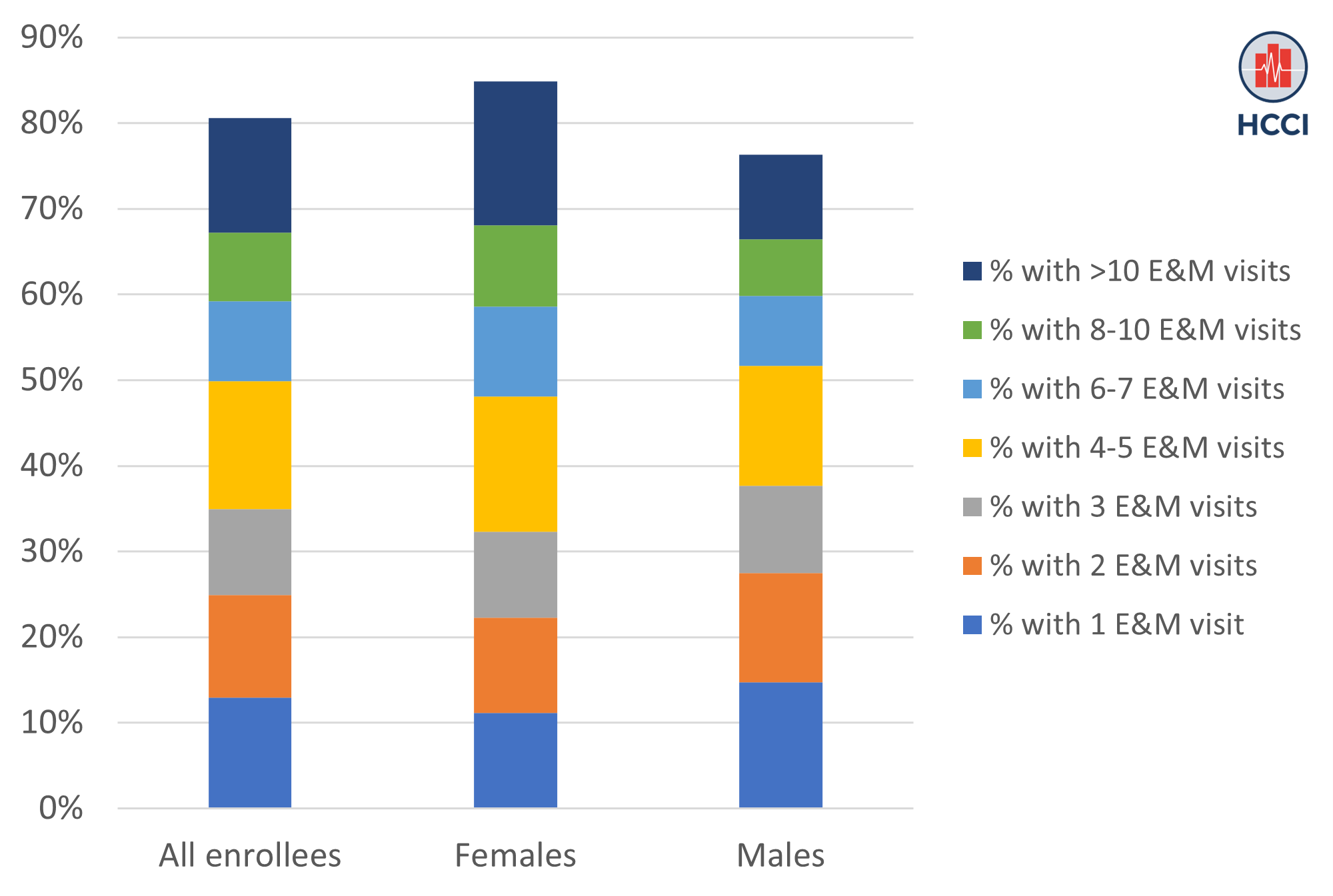 Read more: Over 80% of ESI Enrollees Used Evaluation and Management Services in 2021, with Primary Care and Telehealth the Most Commonly Used
Read more: Over 80% of ESI Enrollees Used Evaluation and Management Services in 2021, with Primary Care and Telehealth the Most Commonly UsedEvaluation and Management (E&M) services provide an entry point for many people into the health care system. This category of services includes most office visits to a primary care physician or specialist, including behavioral health services, as well evaluation and management services provided in an emergency room or outpatient setting. These visits typically involve a…
-
Focusing on Seven Services Could Eliminate More Than Two-Thirds of Low-Value Care in HCCI’s ESI Data
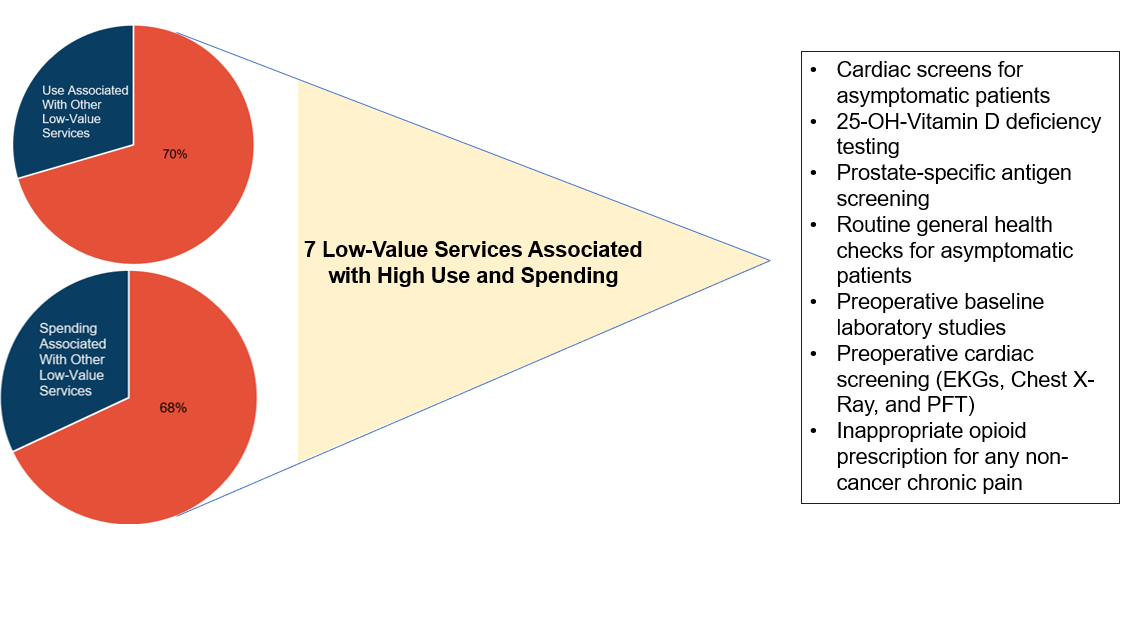 Read more: Focusing on Seven Services Could Eliminate More Than Two-Thirds of Low-Value Care in HCCI’s ESI Data
Read more: Focusing on Seven Services Could Eliminate More Than Two-Thirds of Low-Value Care in HCCI’s ESI DataThere is substantial evidence that people in the U.S. receive health care services judged to be of low-value. These services are identified as low value based on recommendations from the U.S. Preventive Services Task Force (USPSTF) and professional medical societies that there is little to no clinical value associated with their provision and potential for…
-
HCCI Data Brief: Sexual and Reproductive Health Among People with Employer-Sponsored Insurance
Read more: HCCI Data Brief: Sexual and Reproductive Health Among People with Employer-Sponsored InsuranceReproductive and sexual health services play an important role in daily life and wellbeing for many people. These services include preventive services (such as screenings for sexually transmitted infections and reproductive cancers), contraceptive services, and services relating to pregnancy and childbirth. The objective of this report is to provide national and state data on the use…
-
Trends in HIV PrEP utilization, spending, and price
 Read more: Trends in HIV PrEP utilization, spending, and price
Read more: Trends in HIV PrEP utilization, spending, and pricePre-exposure prophylaxis (PrEP) for HIV are medications that reduce an individual’s chances of contracting HIV. The CDC estimates that 1.2 million people are at risk of HIV infection and may benefit from a PrEP prescription. We analyzed health insurance claims for 55 million Americans with employer-sponsored insurance in order to examine utilization and spending on…
-
Children’s Health Services 2020 Report
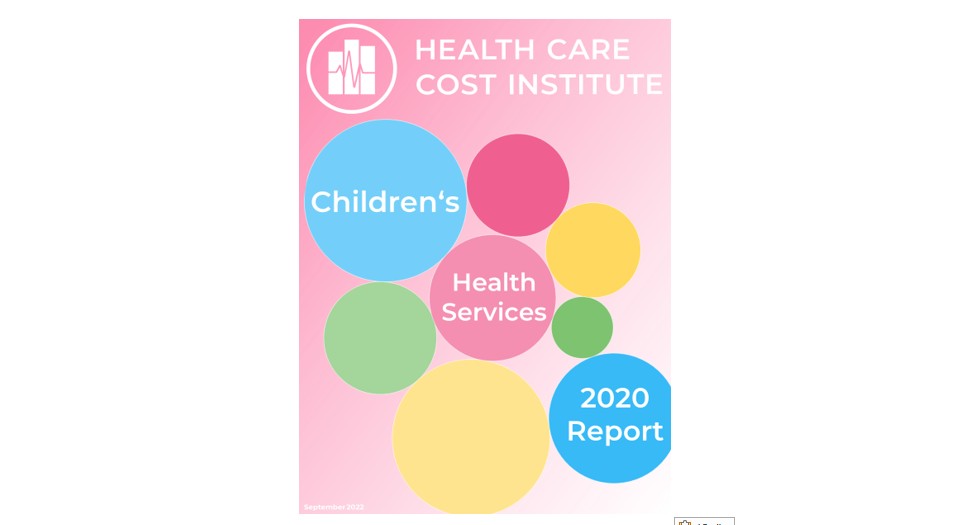 Read more: Children’s Health Services 2020 Report
Read more: Children’s Health Services 2020 ReportThe population with employer-sponsored health insurance (ESI) includes individuals who receive health insurance coverage from an employer, including employees and their dependents, such as spouses and eligible children. Half of the children in the U.S. are covered by ESI, making this form of coverage the largest source of insurance for American children. In this report,…

